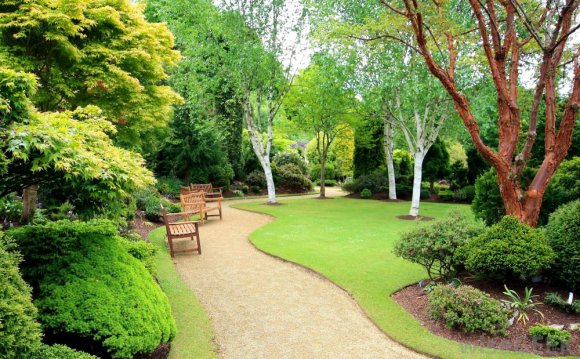
Many programs are available to those looking for a landscape degree. These degrees can take anywhere from 1-7 years to complete depending on the program.
Certificate and associate's degree programs in landscaping usually offer concentrations in landscape management or turfgrass design. Basic training in plant science, irrigation and landscape construction is provided and students learn to use specialized tools for landscape maintenance. Field experiences may be included in these programs as well.
Students can also pursue either a Bachelor of Science (B.S.) in Landscape Architecture or a Bachelor of Landscape Architecture, the latter being a professional program that leads to licensure as a landscape architect. Prerequisites include a high school diploma and some programs request design portfolios. ACT/SAT scores are also reviewed at this level. These programs usually include design studios and an internship.
For students who hold a bachelor's degree in an unrelated field, a Master of Landscape Architecture (MLA) program can lead to professional licensure. Those who are already licensed may consider the MLA program for training in a landscape architecture specialization, like sustainable design or urban development. Doctoral programs in landscape architecture are research-intensive and intended for prospective scholars and teachers at the university level. In addition to a bachelor's degree other prerequisites for graduate work include a portfolio of landscape work, research plan, and GRE/GMAT scores. Internships, capstone projects, and a dissertation can be required as well.
Certificate in Landscaping
Landscape certificate programs are generally offered by community colleges and can be completed in one or two years. Students learn to operate and maintain manual tools, power tools and other equipment. Programs also offer further instruction in plant science, soil nutrition, pesticides and horticulture. Focused coursework provides technical skills in the care and maintenance of plants as well as landscape design. The following topics are typically covered:
- Plant propagation
- Soil testing
- Landscape management
- Irrigation design
- Landscape business management
- Landscape construction















